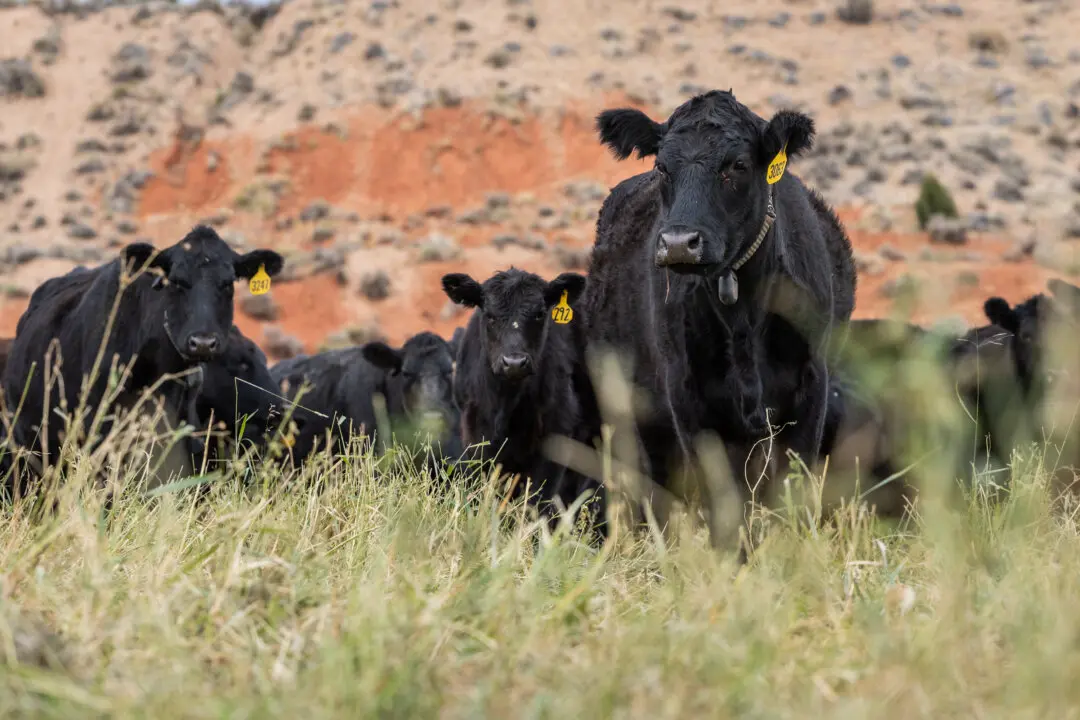More than 120 million Americans are expected to cast ballots in the 2022 midterm elections before Election Day polls close on Nov. 8.
When the smoke clears Nov. 9—and, in some places with close races, in the days after—what is likely to emerge is a reshaped legislative playing field in Washington and in state capitals across the country heading into 2023.
On the midterm ballot are 34 seats in a U.S. Senate now deadlocked at 50-50, three dozen tossup seats in a U.S. House where Republicans need five seats to gain chamber majority, and 36 governor elections.
As of Nov. 7, more than 42 million voters had already cast vote-by-mail ballots or voted early in-person, reports the U.S. Elections Project at the University of Florida.
That’s two million more than those who voted early in 2018, but nowhere near the 101 million who voted early in 2020, two-thirds of the 154 million total turnout.
More than 122 million people voted in the 2018 midterm elections. Prognosticators are uncertain if the 2022 midterms will match or exceed the 2018 record turnout.
What is certain is turnout will determine winners and losers. The candidates, committees, and parties that generate the most compelling calls to action on issues that most animate voters will be the ones that advance.
That realization has Republicans envisioning a “red wave” in taking control of the Senate and racing to a significant majority in the House.
Republicans have uniformly hammered Democrats on their associations with President Joe Biden, whose approval rating lingers just above 40 percent, and their culpability in supporting Democratic policies they say have led to a 40-year-high in inflation.
Those gas-and-groceries issues resonate with voters. In polls and surveys, voters across the country repeatedly and overwhelmingly said inflation and economic uncertainty were their primary concerns.
Crime and immigration also ranked highly among the concerns. Republicans campaigned against Democrats for allegedly being weak on crime and responsible for the chaos on the border.
Republican voters were excited about advancing the parental rights movement, expanding school choice, and enforcing election integrity initiatives with an enthusiasm reflected in polls that forecasters say presage a motivated turnout.
Democratic candidates received a boost in the wake of the Supreme Court’s reversal of Roe v. Wade. But, eventually, that momentum faded as a motivational issue in the face of soaring prices for gas and food.
Another Democratic campaign theme that apparently fell flat, at least in polls, was a “threat to Democracy” claim many party candidates lodged against their GOP opponents, especially supporters of President Donald Trump’s election fraud claims. Few voters identified that as a factor in deciding how they cast their ballots.
The 2022 midterms may not produce a turnout record, but it is likely to set a new standard for campaign spending in any election.
The total cost of state and federal midterm elections is projected to exceed $16.7 billion, according to an OpenSecrets analysis published Nov. 3, which would top 2020’s record of $14.4 billion.
The breakdown is $8.9 billion for federal candidates and political committees, and $7.8 billion for state and local candidates and committees.
That $8.9 million easily exceeds 2018’s midterm federal campaign spending record of $7.1 billion, but falls below OpenSecrets’ forecast of $9.3 billion in 2022 federal campaign spending. Republicans spent $4.3 billion on Congressional campaigns while Democrats spent $3.9 billion.
State candidates and committees for governor, Secretary of State, state attorney general, and 6,279 state legislature seats across 46 states, and for 133 ballot measures across 37 states, will raise a projected $7.8 billion, according to OpenSecrets, which would eclipse the estimated 2018 midterm spending record of $6.6 billion.
Here’s an Election Day scorecard of races to watch.





